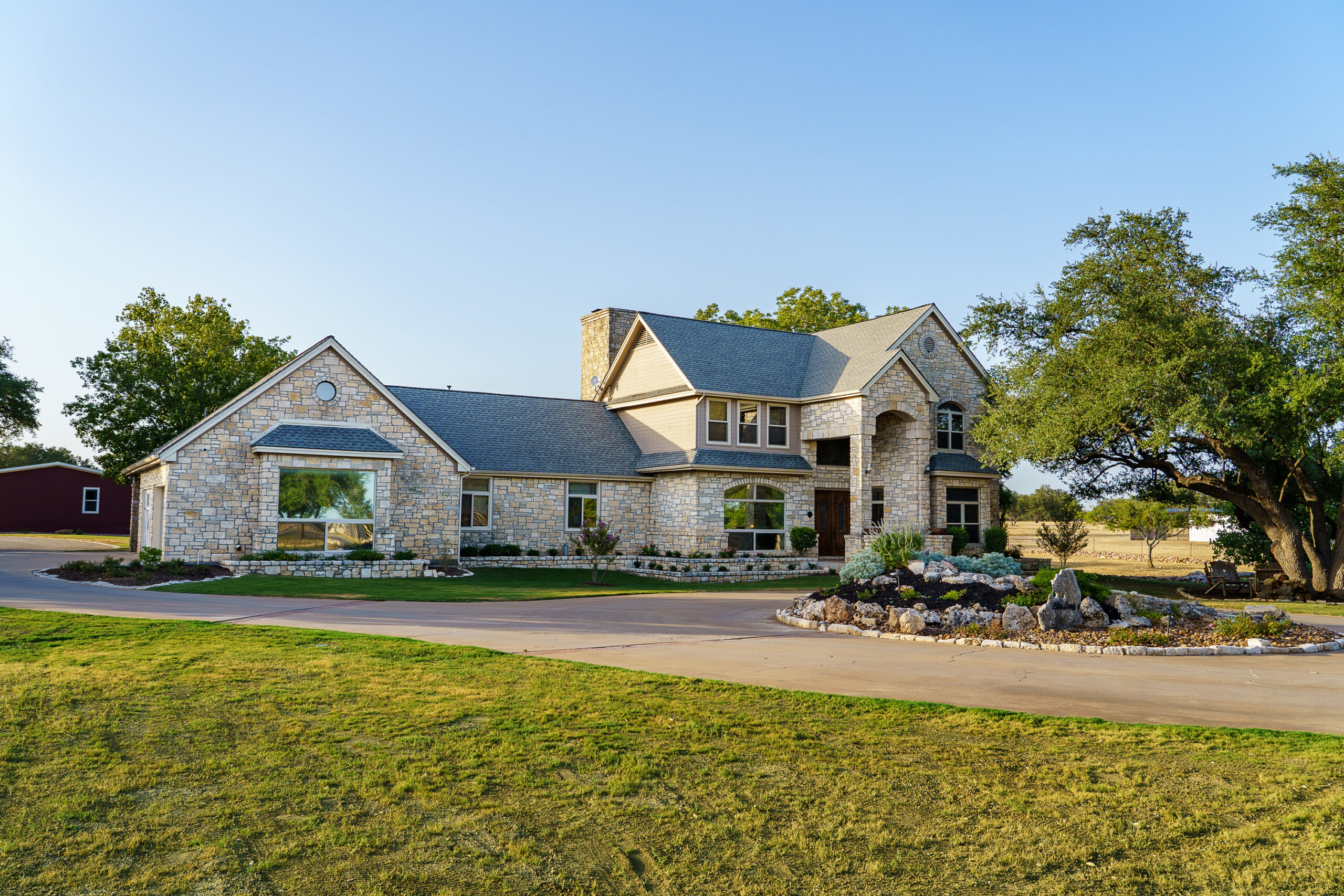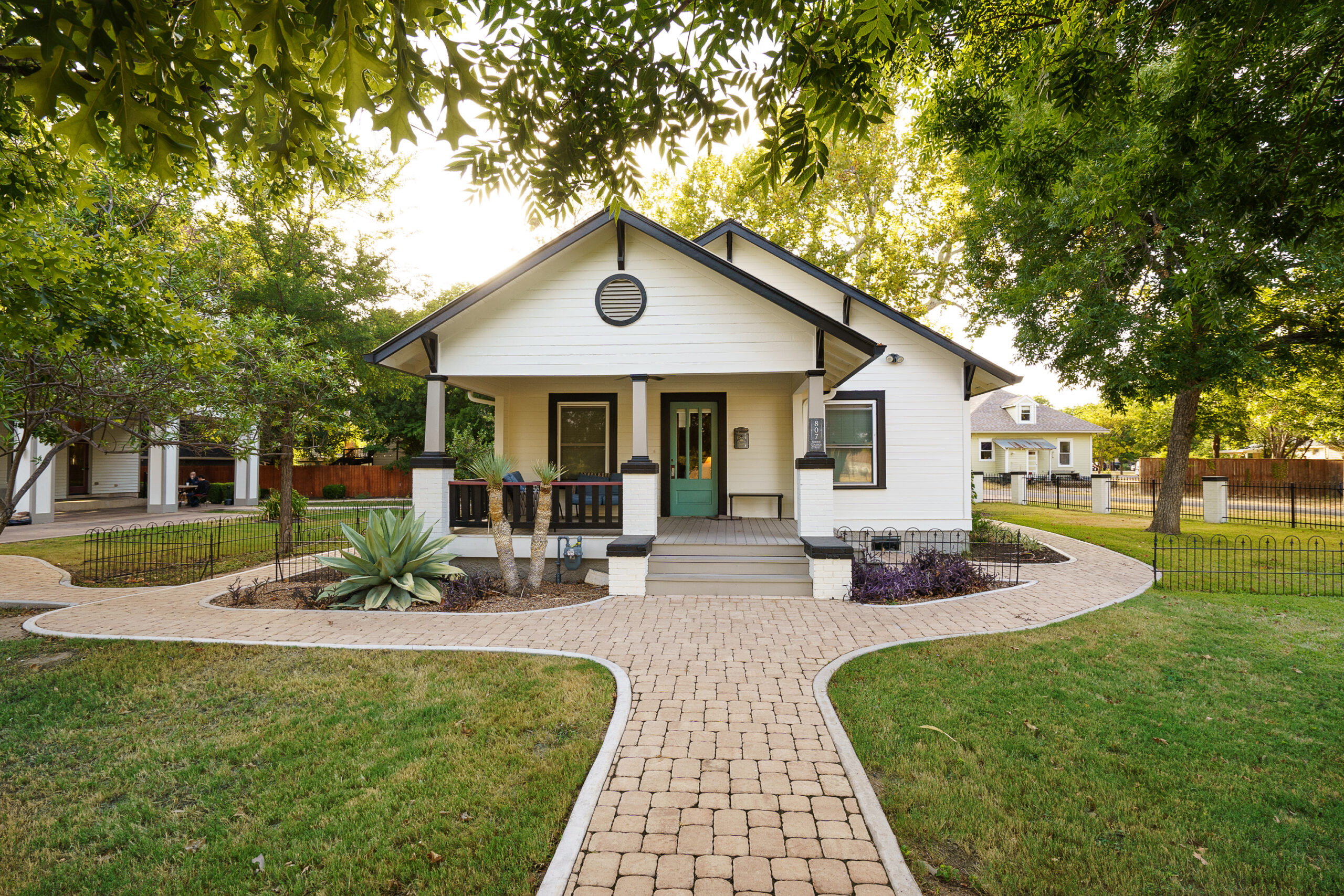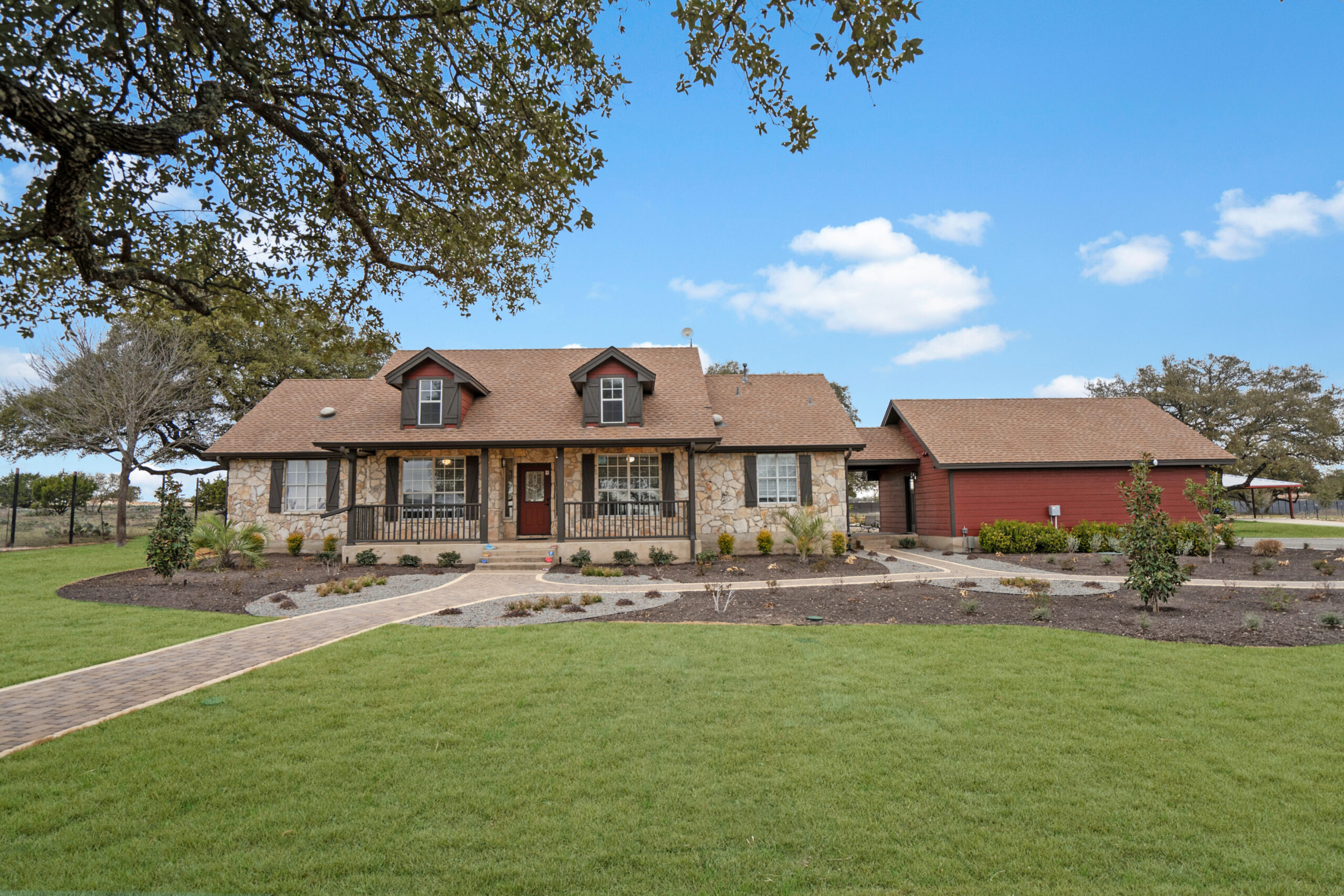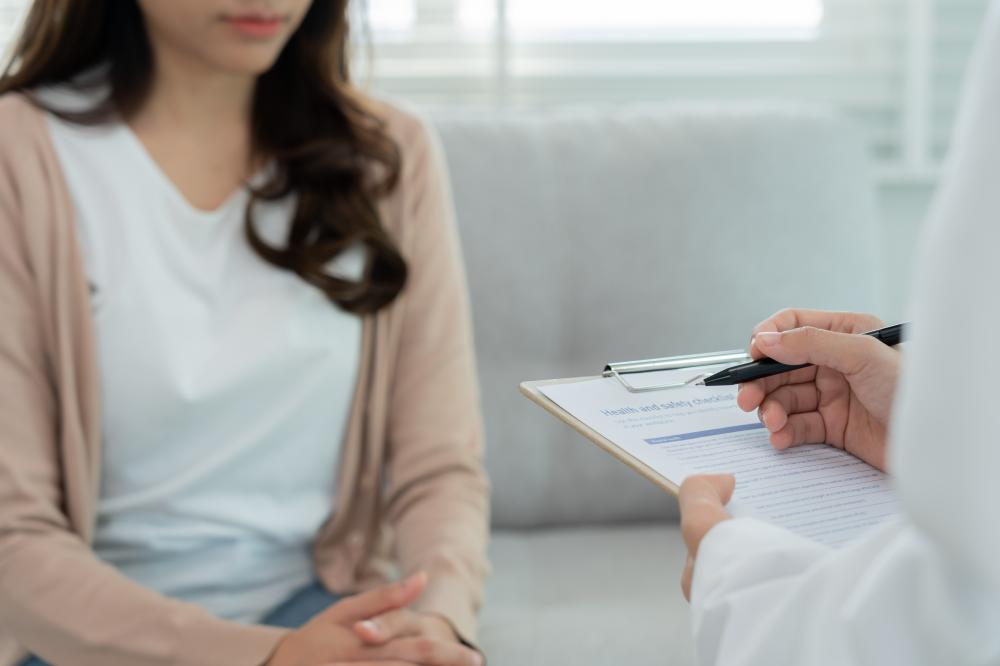
Overview of Our BPD Treatment Program
Borderline Personality Disorder (BPD) is a complex mental health condition that requires a nuanced approach to treatment, especially for women. Treatment programs tailored for women grappling with BPD can offer a path to emotional stability and improved life quality. Such programs blend evidence-based therapies with supportive care, emphasizing a holistic recovery process.
The Importance of Personalized Care in BPD Treatment
Personalized care is crucial in treating Borderline Personality Disorder, as each individual’s experience with BPD is unique. Personalized treatment plans can significantly enhance the effectiveness of the care provided, leading to better outcomes for women in BPD treatment programs.
Tailoring Treatment to Individual Needs
Understanding and addressing the specific challenges and needs of each participant ensures that the treatment program is not only effective but also relevant to their personal journey towards recovery. This might include considerations for co-occurring disorders, such as addiction, which often requires an integrated treatment approach to address both conditions simultaneously.
Therapeutic Approaches in BPD Treatment for Women
Diverse therapeutic modalities are employed to address the complex nature of BPD. From individual therapy sessions focusing on emotional regulation to group therapy providing peer support, each approach plays a crucial role in the healing process.
Evidence-Based Interventions
- Cognitive Behavioral Therapy (CBT)
- Dialectical Behavior Therapy (DBT)
- Psychodynamic Therapy
Creating a Healing Environment
Creating a supportive and safe environment is fundamental in BPD treatment programs for women. This nurturing atmosphere facilitates openness, allows for vulnerability, and fosters a sense of community among residents, which is essential for healing.
Alumni Support and Continuing Care
Recovery from BPD is a long-term commitment. Post-treatment support and alumni networks offer continued guidance and a sense of belonging, which can be instrumental in maintaining progress and preventing relapse.
The Importance of Community in Recovery
Staying connected with a supportive community post-treatment can provide women with the continued encouragement and accountability needed to navigate the complexities of life after a BPD treatment program.
Holistic Approaches to BPD Treatment for Women
Comprehensive BPD treatment programs for women often incorporate holistic therapies alongside traditional therapeutic interventions. These can include nutritional counseling, physical fitness, and creative therapies, all designed to support overall wellness and recovery.
Integrating Wellness into Daily Life
By integrating wellness practices into daily life, women in BPD treatment programs can improve their physical health, emotional resilience, and self-esteem, all of which are vital components of a successful recovery journey.
Overcoming Challenges in BPD Treatment for Women
The path to recovery from BPD is often fraught with challenges, both for the individual and the treatment providers. Understanding these obstacles and developing strategies to overcome them is a critical aspect of effective BPD treatment for women.
Addressing Stigma and Misconceptions
Combating the stigma surrounding BPD, especially in women, is essential for fostering a judgement-free environment that encourages healing and growth. Educating both participants and their families about the nature of BPD can help in deconstructing harmful stereotypes and misconceptions.
Case Studies of Success in BPD Treatment for Women
Anecdotal evidence and personal stories of recovery can serve as powerful motivators for individuals considering or currently undergoing treatment for BPD. These success stories highlight the possibility of a fulfilling life beyond the diagnosis.
Choosing the Right BPD Treatment Program for Women
Selecting a treatment program that aligns with an individual’s specific needs, preferences, and goals is paramount. Factors such as the program’s approach to treatment, the qualifications of its staff, and the level of support provided during and after the program should be carefully considered.
Assessing Individual Needs and Goals
Understanding one’s own needs and recovery goals can guide the selection process, ensuring that the chosen program offers the best possible environment for healing and growth.
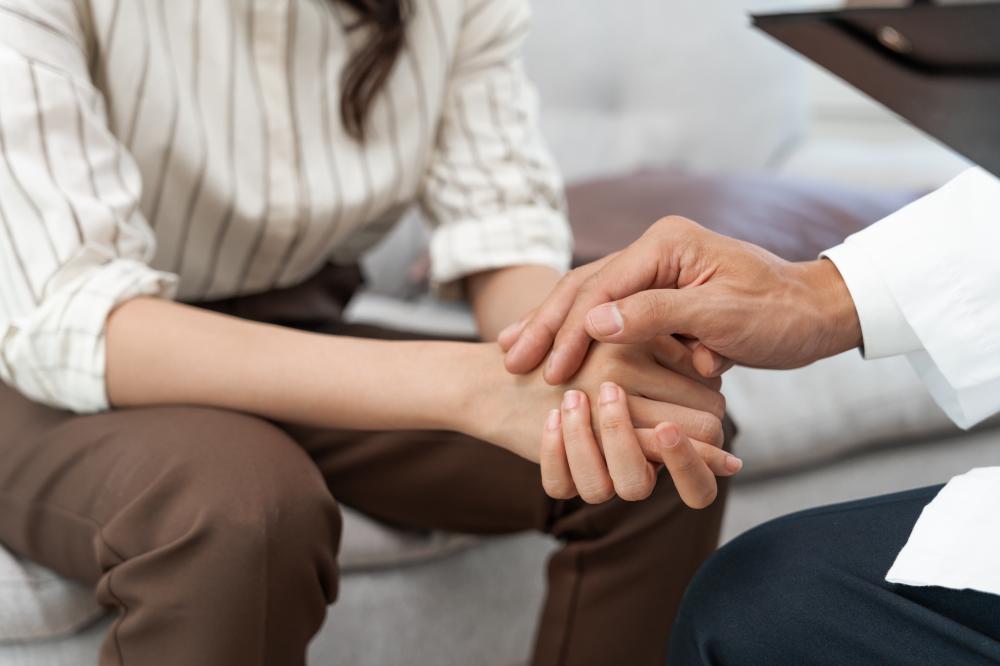
What is the treatment for women with BPD?
Borderline Personality Disorder (BPD) in women is often addressed through a comprehensive treatment plan that integrates evidence-based therapies such as Dialectical Behavior Therapy (DBT) and Cognitive Behavioral Therapy (CBT), along with medication management, if necessary. Alta Loma, recognizing the unique challenges faced by women with BPD, tailors these treatments to the individual’s needs, considering any co-occurring disorders such as depression or substance use disorders. By focusing on emotional regulation, interpersonal effectiveness, and distress tolerance, the goal is to empower women to achieve emotional stability and improved quality of life in a supportive and understanding environment.
What is the best program for borderline personality disorder?
The best program for managing borderline personality disorder incorporates a multidisciplinary approach that addresses the multifaceted nature of BPD. Alta Loma’s integrated treatment plan stands out by combining individual psychotherapy, group therapy, family education, and holistic therapies, grounded in the understanding that BPD affects each person differently. Recognizing the importance of a supportive community in recovery, Alta Loma also fosters an environment where women can connect with peers, share experiences, and build a network of support, crucial for long-term recovery and relapse prevention.
What is the most promising treatment for borderline personality disorder?
Dialectical Behavior Therapy (DBT) has emerged as one of the most promising treatments for borderline personality disorder. DBT’s efficacy lies in its dual focus on acceptance and change, equipping individuals with skills to manage emotional distress, improve relationships, and reduce self-destructive behaviors. Alta Loma integrates DBT into its comprehensive care, offering women both individual and group sessions to practice new skills in a real-world setting, ensuring that they have the tools needed for successful management of BPD symptoms.
Why is BPD life expectancy 27?
The notion that BPD reduces life expectancy to 27 is a misconception likely stemming from misinterpretation of statistics related to high-risk behaviors and comorbid conditions associated with BPD, such as substance abuse or suicide attempts. While it’s true that BPD can lead to actions that might reduce one’s lifespan, with effective, comprehensive treatment and support, individuals with BPD can lead fulfilling, productive lives. Alta Loma focuses on reducing risky behaviors through intensive therapy and support, aiming to improve both the quality and expectancy of life for those with BPD.
How do holistic approaches enhance BPD treatment for women?
At Alta Loma, holistic approaches play a crucial role in BPD treatment, offering a broader perspective on wellness that encompasses physical, psychological, and emotional health. Integrating strategies like nutritional counseling, physical activity, and arts therapy alongside traditional therapeutic treatments allows for a more comprehensive approach to recovery. These practices not only help in managing symptoms of BPD but also in building a lifestyle that supports overall well-being, resilience, and self-esteem, essential for long-term recovery.
What are some strategies for overcoming challenges in BPD treatment?
Overcoming challenges in BPD treatment requires a multifaceted approach. At Alta Loma, we emphasize the importance of a strong therapeutic alliance, structured environment, and ongoing support to navigate the complexities of BPD. Strategies may include regular therapy sessions to develop coping skills, creating a personalized recovery plan that addresses individual goals, and fostering a support network of peers and professionals. Encountering setbacks is a part of the journey; hence, we focus on resilience and adaptive coping strategies, ensuring our residents have the resources to face and overcome these challenges.
